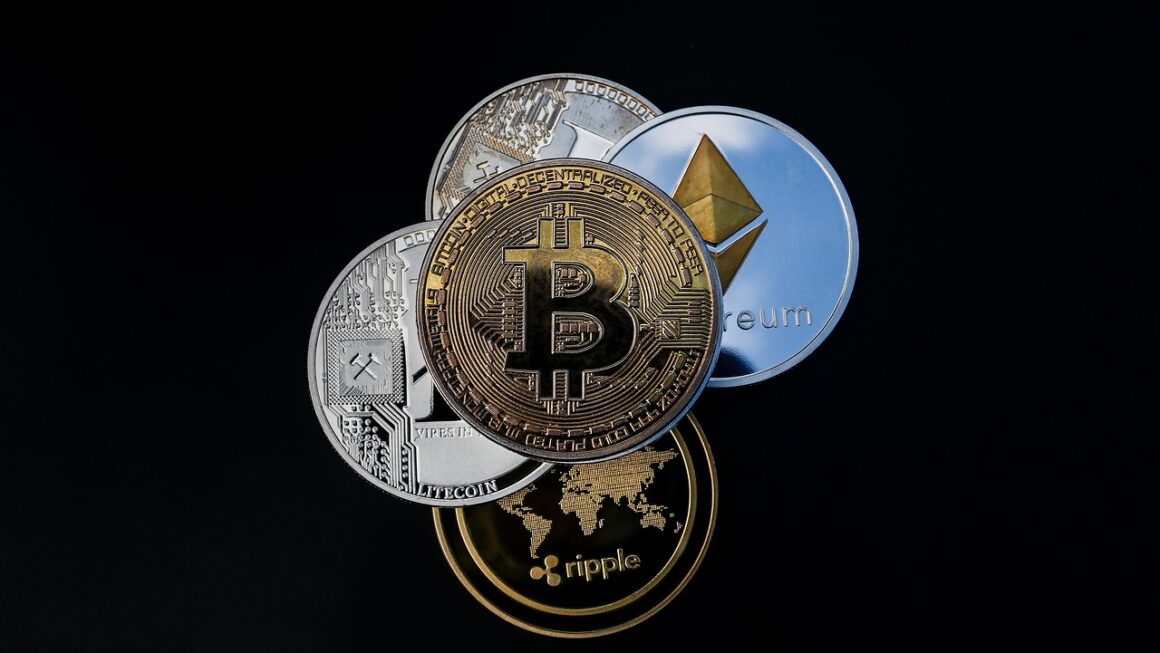Decentralized Exchanges (DEXs) have emerged as a revolutionary force in the cryptocurrency landscape, offering a more transparent, secure, and autonomous alternative to traditional centralized exchanges (CEXs). By leveraging blockchain technology, DEXs eliminate intermediaries and empower users with complete control over their assets. This post will delve into the intricacies of DEXs, exploring their benefits, functionality, and the future they hold for the world of digital finance.
What are Decentralized Exchanges (DEXs)?
Understanding Decentralization
Decentralized exchanges operate on a peer-to-peer (P2P) model, directly connecting buyers and sellers of cryptocurrencies. Unlike centralized exchanges, DEXs don’t rely on a central authority to hold users’ funds or match orders. Instead, they utilize smart contracts to automate the trading process. This decentralization brings several key advantages:
- No Intermediary: Eliminates the need for a trusted third party, reducing the risk of hacks, fraud, and censorship.
- User Control: Users maintain full control over their private keys and assets, minimizing counterparty risk.
- Transparency: All transactions are recorded on the blockchain, providing a transparent and auditable record.
- Accessibility: DEXs are generally permissionless, allowing anyone with a wallet to participate.
How DEXs Work: Automated Market Makers (AMMs)
Many modern DEXs utilize Automated Market Makers (AMMs). AMMs rely on liquidity pools rather than traditional order books. These pools contain tokens provided by users, who earn fees in return for their liquidity provision. Here’s how they work:
- Example: Uniswap is a popular AMM-based DEX on the Ethereum blockchain. Users can provide liquidity to pools and earn UNI tokens, which also grant governance rights.
Benefits of Using a DEX
Security and Privacy
DEXs significantly enhance security and privacy compared to centralized exchanges.
- Reduced Risk of Hacks: Because DEXs do not hold user funds, they are less attractive targets for hackers.
- Privacy: Users can trade without revealing personal information, depending on the specific DEX and its KYC (Know Your Customer) requirements (or lack thereof). Some DEXs require no KYC, while others may have limited KYC procedures for larger transactions.
- Self-Custody: Users are responsible for securing their own private keys, meaning they are not reliant on a third party for fund security.
Lower Fees and Greater Efficiency
DEXs often offer lower trading fees compared to centralized exchanges.
- Reduced Intermediary Costs: By eliminating intermediaries, DEXs reduce operational costs, which can translate to lower fees for users.
- Automated Processes: Smart contracts automate many processes, reducing the need for manual intervention and improving efficiency.
- Potential for Slippage: Slippage can occur if a large trade significantly alters the ratio of tokens in a liquidity pool, affecting the final price. Understanding and managing slippage is crucial for traders on DEXs.
Access to a Wider Range of Tokens
DEXs typically offer access to a broader selection of cryptocurrencies.
- Permissionless Listing: Token projects can list their tokens on DEXs without requiring approval from a central authority.
- Early Access to New Projects: DEXs often provide early access to new and emerging cryptocurrencies before they are listed on centralized exchanges.
- Long-Tail Assets: DEXs can support less liquid and less popular tokens that centralized exchanges may not offer.
Common DEX Platforms
Ethereum-Based DEXs
Ethereum hosts numerous popular DEXs, including:
- Uniswap: One of the largest and most well-known AMM-based DEXs.
- Sushiswap: A fork of Uniswap that introduced its own governance token, SUSHI, and other features.
- Balancer: An AMM that allows for customizable liquidity pools with multiple tokens and varying weights.
Other Blockchain DEXs
DEXs are also being developed on other blockchains to address scalability and cost issues.
- PancakeSwap (Binance Smart Chain): A popular AMM-based DEX on Binance Smart Chain, offering lower fees and faster transaction times compared to Ethereum-based DEXs.
- Raydium (Solana): A DEX built on the Solana blockchain, leveraging its high throughput and low latency.
- Osmosis (Cosmos): An interchain DEX within the Cosmos ecosystem, allowing for trading of assets across different blockchains.
Cross-Chain DEXs
These platforms facilitate trading between different blockchain networks.
- Thorchain: A decentralized liquidity protocol that enables cross-chain swaps.
- Chainflip: A cross-chain DEX that aims to provide seamless trading between various blockchains.
Risks and Challenges
Impermanent Loss
Impermanent Loss is a common risk for liquidity providers in AMM-based DEXs.
- Price Divergence: It occurs when the price of tokens in a liquidity pool diverges, leading to a loss of value compared to simply holding the tokens.
- Mitigation Strategies: Liquidity providers can mitigate impermanent loss by choosing stablecoin pairs or participating in pools with lower volatility.
Smart Contract Vulnerabilities
Smart contracts are susceptible to bugs and vulnerabilities.
- Audit Importance: Thorough audits are essential to identify and address potential security flaws.
- Rug Pulls: Malicious actors can exploit vulnerabilities to drain funds from liquidity pools, often referred to as “rug pulls.”
- Staying Informed: Users should research DEXs and their smart contracts before providing liquidity or trading.
Scalability and Gas Fees
Ethereum-based DEXs can suffer from scalability issues and high gas fees.
- Layer-2 Solutions: Scaling solutions like Optimism and Arbitrum are being implemented to improve transaction throughput and reduce gas costs.
- Alternative Blockchains:* Other blockchains offer faster transaction times and lower fees, making them attractive alternatives for DEX development.
Conclusion
Decentralized exchanges offer a compelling alternative to centralized exchanges, providing greater security, privacy, and control over assets. While challenges like impermanent loss and smart contract vulnerabilities exist, ongoing developments and innovations are addressing these issues. As the cryptocurrency ecosystem continues to evolve, DEXs are poised to play an increasingly important role in the future of decentralized finance, providing a more equitable and transparent trading environment for all.




